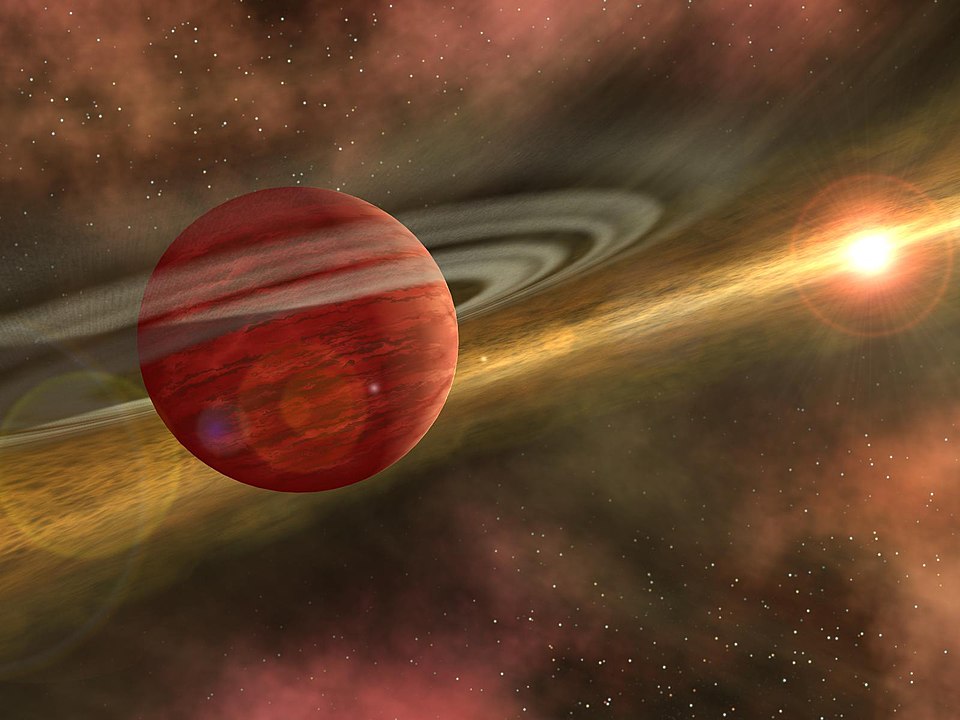Astronomers believe that it can take 10 million years or more to build a planet like the Earth. But studies of protoplanetary disks show that they can only last 1 to 3 million years. How can planet formation finish if the material its made from disappears so quickly? A team of astronomers have proposed a solution: it’s a simple matter of bias in our observations.
In order to make planets you need building blocks. Those building blocks come from a protoplanetary disk, a ring of gas and dust that swirls around a newborn star. Different kinds of planets have different formation histories, with rocky planets assembling slowly and gas giants collapsing out of the disk very quickly. But either way, computer simulations and studies of the Earth’s mantle suggests that planet formation can take upwards of 10 million years.
But when we go to test then idea we find some shortcomings. Astronomers have long studied protoplanetary disks and estimated how long they last around their parent stars. Newborn stars are very efficient at pushing away the protoplanetary disk within just a few million years. That’s not nearly enough time for the efficient formation of Earth-like planets, so what’s going on?
A team of astronomers have proposed a surprisingly simple solution. It looks like that we’re just misunderstanding the data. Estimates of protoplanetary disk lifetimes typically come from observing as many systems as possible. But to get as many systems as possible you need to go very deep in your surveys to cover a large volume. But the deeper you go in your searches the more biased your observations become. You’re only able to measure the brightest and largest stars at those distances, and you tend to miss the smaller ones. So estimates of short protoplanetary disk lifetimes, and the resulting impact on planet formation, tend to come from samples of only larger stars.
When the astronomers instead focused on lower mass stars and nearby protoplanetary disks, they found much longer lifetimes, more like 5 to 10 million years. This is more than enough time to build a planet like the Earth.
There’s still a lot we don’t know about the planet formation process and how different kinds of planets can form around a single star. We also don’t fully understand how protoplanetary disks interact with their parent stars, but this is a major clue. It appears that if you want to build a planet around a massive star, you better act quick. But if you have a sun-like star, you’ve got plenty of time.

